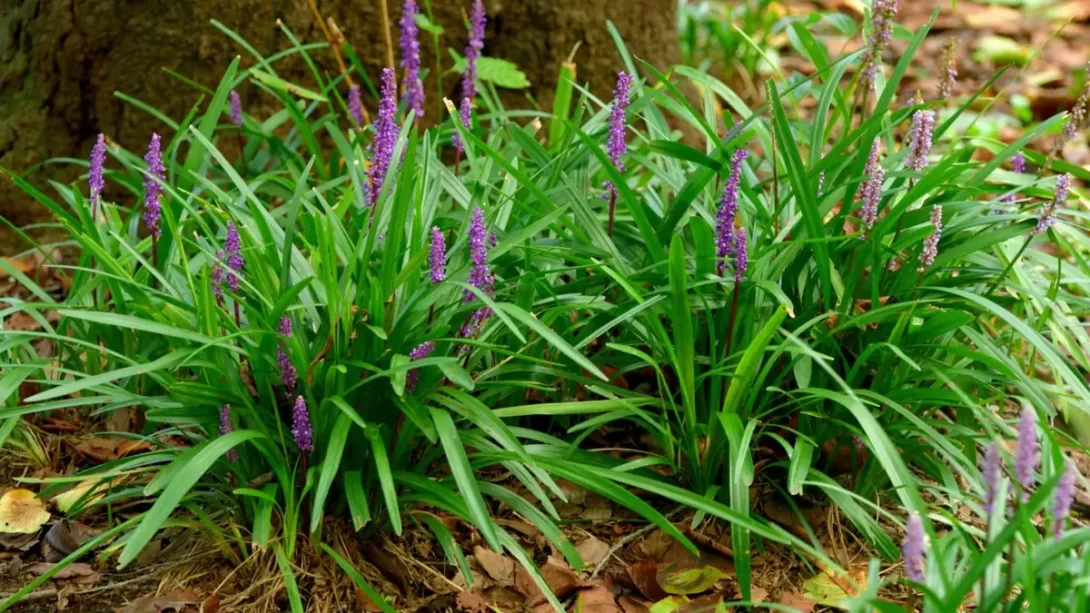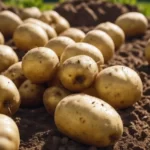Monkey grass, known scientifically as Liriope spicata, is a perennial plant often used in landscaping for its hardiness and low maintenance. However, its invasive nature can make it a nuisance in gardens where it overtakes other plants or spreads beyond its intended boundaries. This article aims to provide homeowners and gardeners with effective strategies for removing monkey grass, ensuring it doesn’t compromise the health and aesthetics of their gardens.
Monkey Grass
Monkey grass, characterized by its long, narrow leaves and tendency to form dense clumps, is often confused with similar plants like Mondo grass. While it can serve as an excellent ground cover or border plant, monkey grass can quickly spread through its vigorous root system, becoming difficult to control. In some gardens, it may outcompete other plants for resources, leading to the need for its removal.
Why Removal May Be Necessary
Reasons for removing monkey grass include:
- Overgrowth in areas where it’s not wanted.
- Competition with other plants for nutrients, light, and water.
- Difficulty in maintaining lawn and garden aesthetics due to its invasive growth.
Manual Removal Techniques
For those preferring a hands-on approach, manual removal can be effective, especially in smaller areas:
- Tools Required: Gather necessary tools such as a garden fork, spade, or trowel, gloves, and disposal bags.
- Root Removal: Carefully dig around the clumps of monkey grass to loosen the soil. Use the fork or spade to lift the clumps out, ensuring as much of the root system as possible is removed. This is crucial to prevent regrowth.
- Timing: The best time for manual removal is in the late winter or early spring when the plant is less established and easier to uproot.
Manual removal can be labor-intensive but is a chemical-free approach that allows for immediate replanting in the area.
Chemical Control Options
For larger infestations of monkey grass, chemical herbicides can be a more practical solution. However, it’s important to use them responsibly to minimize environmental impact.
- Choosing the Right Herbicide: Select a herbicide labeled effective against monkey grass. Non-selective herbicides can be used but will kill other plants in the area, so they should be applied with care.
- Safe Application: Always follow the manufacturer’s instructions for application. Wear protective clothing and consider weather conditions, like wind, which might cause the herbicide to drift to unintended areas.
- Spot Treatment: For areas where monkey grass is mixed with other plants, spot treatment with a targeted herbicide application using a spray bottle or a paintbrush might be more appropriate.
- Timing: Apply herbicides when the monkey grass is actively growing, typically in the spring or early summer, for maximum effectiveness.
Using herbicides requires careful consideration of the surrounding environment, and repeated applications may be necessary for complete eradication.
Natural and Eco-Friendly Alternatives
For those seeking more environmentally friendly methods, there are several natural ways to control monkey grass:
- Smothering: Cover the monkey grass with layers of newspaper, cardboard, or landscape fabric, and then mulch over it. This method deprives the plants of sunlight and eventually kills them.
- Organic Herbicides: Products based on natural acids (like vinegar or citrus) can be effective, though they may require multiple applications and may also affect surrounding vegetation.
- Hand Pulling: Regularly removing monkey grass by hand can eventually weaken and control its spread, especially when combined with other methods like mulching.
Natural and eco-friendly methods are typically more labor-intensive and may take longer to see results, but they are safer for the environment and beneficial for maintaining the overall health of the garden ecosystem.
Preventive Measures and Maintenance
Preventing monkey grass from becoming a problem is often easier than removing it. Here are some strategies to keep monkey grass in check:
- Border Control: Create physical barriers around the areas where you plant monkey grass. Edging materials like metal or plastic edging, buried a few inches into the ground, can help contain its spread.
- Regular Monitoring: Keep an eye on the growth pattern of monkey grass. Early detection of spreading can make control efforts more manageable.
- Routine Maintenance: Regular mowing or trimming of monkey grass can prevent it from spreading through seed dispersal.
- Garden Design: When planning your garden, consider the placement of monkey grass. Plant it in areas where its spreading habit is less likely to interfere with other plants.
Conclusion
Removing monkey grass can be challenging, but with the right techniques, it’s certainly achievable. Whether you choose manual removal, chemical treatments, or natural methods, each approach requires patience and consistency. Remember, the key to successful removal and control of monkey grass lies in understanding its growth habits and taking timely action to prevent its spread. Regular garden maintenance and careful planning can also significantly reduce the need for drastic control measures in the future. With these strategies, you can maintain a balanced and beautiful garden, keeping monkey grass in check.



